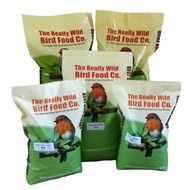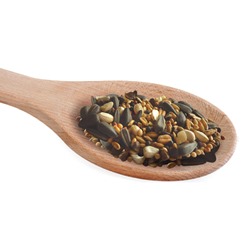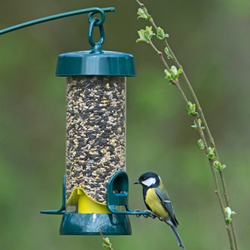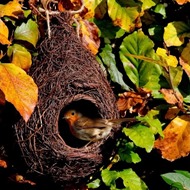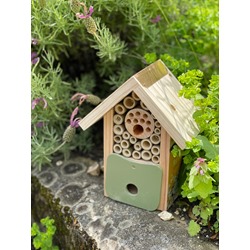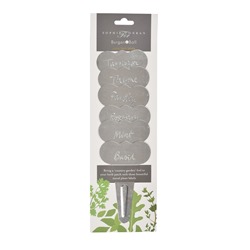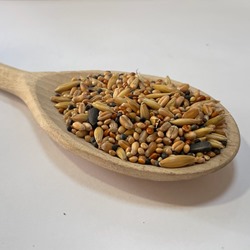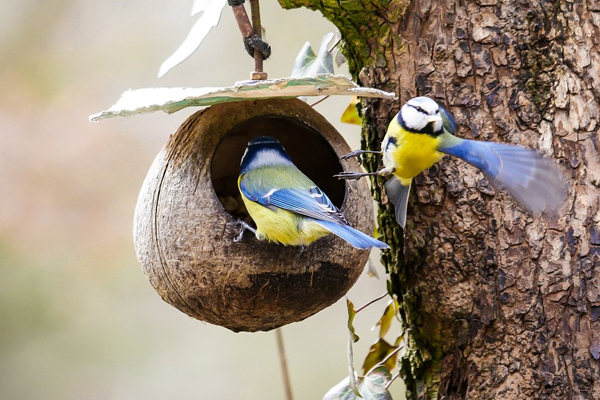
British gardens are a veritable playground for UK wildlife, providing the perfect landscape for natural beauty.
Wild birds are a big part of that beauty and add an inimitable element of organic charm to the scenery.
That being said, gardens aren’t a universal aviary of birds of each species and there are a few familiar faces that crop up with regularity in gardens across the country.
Here are five of the most common garden birds you can expect to find outside your window, accompanied by the best bird food to attract them.
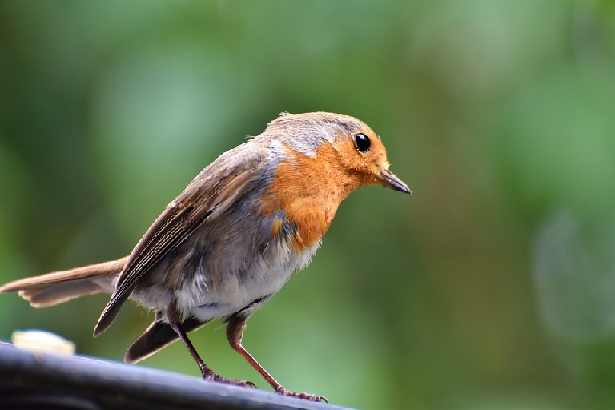
Robins
With a tuneful song and a unique appearance, the unmistakable robin is one of the most recognisable garden birds in the UK.
Characterised by its bright red chest, this chirpy little bird can found hopping through your outdoor space throughout the year; however, the robin is often commonly associated with Christmas and wintertime.
While the adult robin is conspicuous by its red breast, the younger version is often distinguishable by their mottled brown plumage.
Bird Food for Robins
Robins feed mainly on insects and worms, with a particular fondness for mealworms. They are also partial to sunflower hearts.
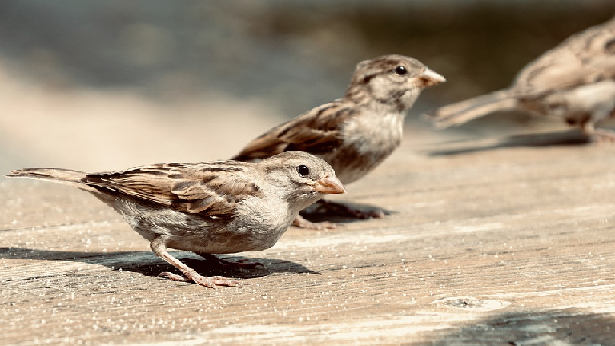
House sparrow
Despite suffering a notable decline in some parts of the UK, the house sparrow is still one of Britain’s most well-known and recognisable garden birds.
Males are distinguishable by their grey head, black bib and colourful chestnut/black patterned sides, while the female is a pale brown with a stripe behind the eye.
The house sparrow has a stout beak for eating seeds that actually changes colour throughout the year, appearing yellow-brown in winter and turning black during the warmer months.
Bird Food for House Sparrows
While sparrows thrive on seeds and scraps, they are also particularly partial to red millet and equally love to dine on mealworms as well.
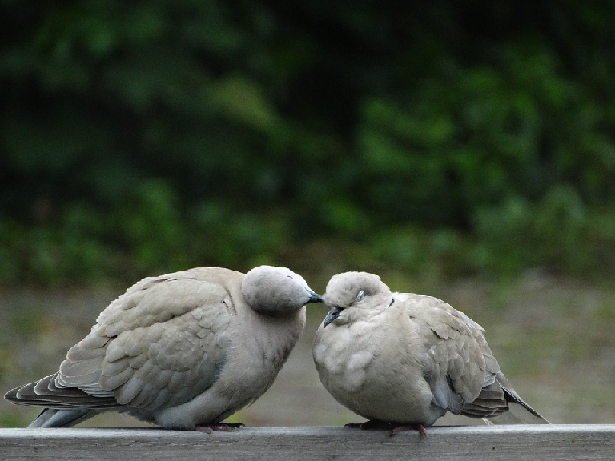
Woodpigeon
The woodpigeon is the largest and most common pigeon in the UK. Dressed predominantly in grey with a pinkish breast and streaks of white on the neck and wing, this plump bird is a common sight in parks and gardens nationwide.
Notable by its trademark cooing call, the woodpigeon is one of the larger residents you may commonly find in the garden and, as such, can push away smaller birds.
Woodpigeons are also distinguishable by their short legs and a full belly, while their audible wing clap upon flight is also a uniquely identifiable feature.
Bird Food for Woodpigeons
The woodpigeon dines on a variety of food, including seeds, leaves and grains. It’s also known to feed on fruit, peas and root crops, particularly wheat.
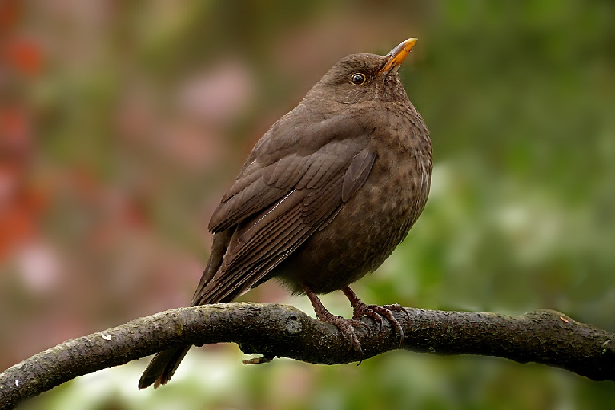
Blackbird
nother common resident of the UK garden, the blackbird is notable by its dark colour and bright orange beak. It also wears an orange ring around its eye.
Interestingly, despite the name inky implication of its name, the female of the species is actually brown with spots.
They can often be found leaping through lawns and hopping through leaves, singing a mellow song.
Bird Food for Blackbirds
Blackbirds have a varied diet throughout the year, commonly dining on berries in the winter and worms/grubs in the summer. Sultanas and mealworms are notable favourites.
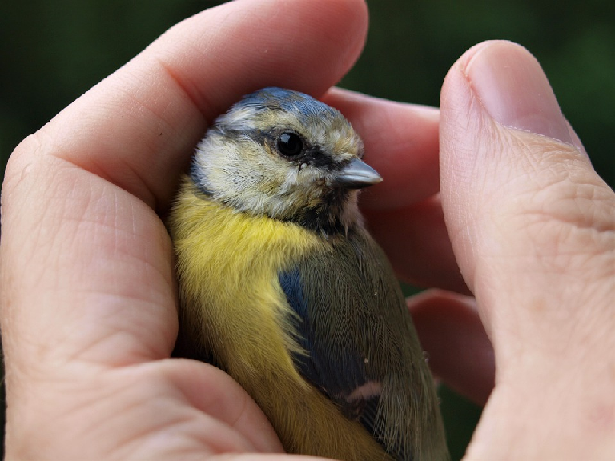
Blue Tit
A colourful addition to the natural garden scenery, the blue tit is recognisable by its brightly coloured appearance.
Decked out with a white face that features a black “blindfold” stripe through the eyes, its yellow body plays host to colourful blue wings and a green-yellow back.
Often seen in flocks during the wintertime, the clever blue tit is also a primary offender of vandalising door-step milk bottle deliveries in search of a cheeky drink.
Bird Food for Blue Tits
Blue tits favour invertebrates in the summertime; however, they can be found eating a variety of insects and caterpillars, as well as a mixture of seeds and nuts.
For more information on common garden birds, why not drop us a line? Call today on 01489 896 785 to speak with one of our experts or send us an email using the link below.
Get in Touch
 Back
Back Bird Foods
Bird Foods
 Seed Mixes
Seed Mixes Straight Seeds
Straight Seeds Mealworms & Worms
Mealworms & Worms Chicken Feed
Chicken Feed Duck Food
Duck Food Peanuts & Peanut Butter
Peanuts & Peanut Butter Suet & Fat Balls
Suet & Fat Balls No Mess Bird Seed
No Mess Bird Seed Wheat Free Bird Seed
Wheat Free Bird Seed Sunflower Seeds
Sunflower Seeds Softbill Bird Food
Softbill Bird Food Bulk Bird Seed
Bulk Bird Seed Trial Packs
Trial Packs Pick & Mix
Pick & Mix Mini Pick & Mix
Mini Pick & Mix Birdie Basics: Budget Bird Food
Birdie Basics: Budget Bird Food Food for Small Birds
Food for Small Birds Back
Back Bird Feeders
Bird Feeders
 Seed Feeders
Seed Feeders Peanut Feeders
Peanut Feeders Peanut Butter Feeders
Peanut Butter Feeders Suet & Fat Feeders
Suet & Fat Feeders Window Feeders
Window Feeders Hanging Feeders
Hanging Feeders Feeding Stations
Feeding Stations Ground Feeders
Ground Feeders Easy Clean Feeders
Easy Clean Feeders Bird Tables
Bird Tables Seed Trays
Seed Trays Bird Baths & Drinkers
Bird Baths & Drinkers Feeder Accessories
Feeder Accessories Feeder Hygiene
Feeder Hygiene Squirrel Proof Bird Feeders
Squirrel Proof Bird Feeders For the Kids
For the Kids Niger Seed Feeders
Niger Seed Feeders Mealworm Feeders
Mealworm Feeders Bird Food Storage
Bird Food Storage Fat Ball Feeders
Fat Ball Feeders Tube Feeders
Tube Feeders



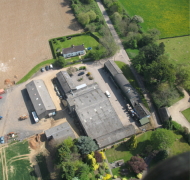 Our Farm
Our Farm
 Tips & Advice
Tips & Advice
Contact Us

